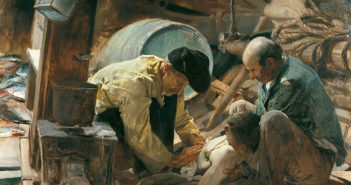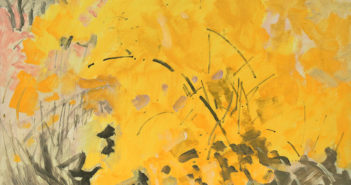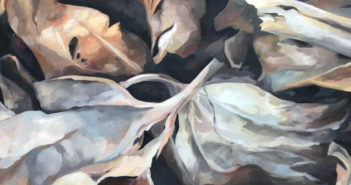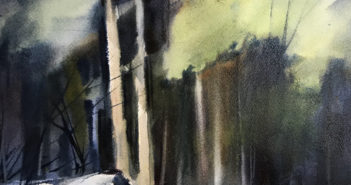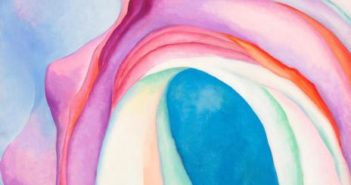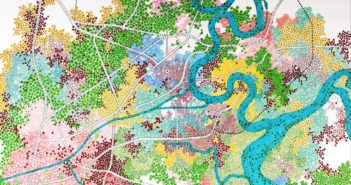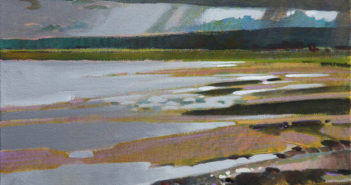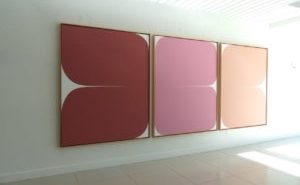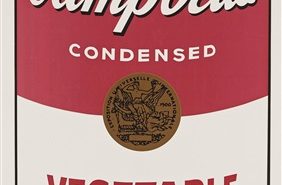
The outlook for fame
Andy Warhol figured everyone was now going to get their fifteen minutes of fame. Courting celebrities and his own celebrity, he needed more time at it than that. J.D. Salinger wrote a novel and a few short stories he didn’t want to talk about. Thus he became famous for not wanting to be famous. We are living at a time of obsession with celebrity. People substitute celebrities for friends and acquaintances. TV heads are good enough. Question is, I know David Letterman but does he know me?

